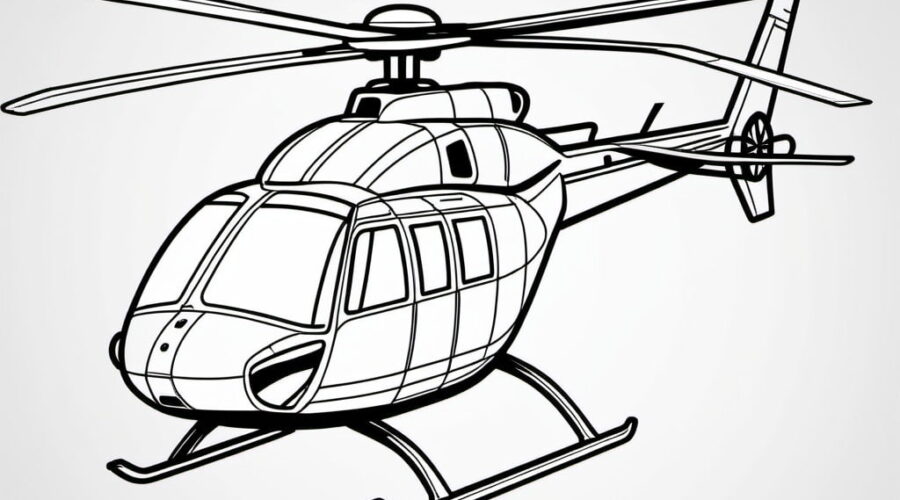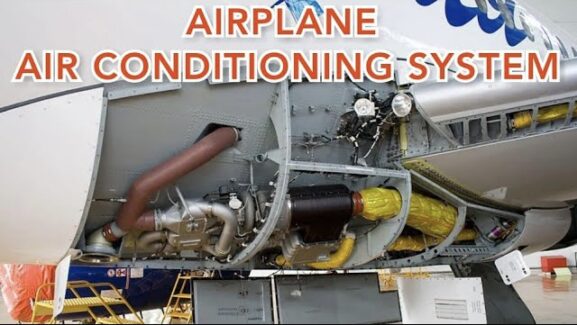How Do Helicopters Fly?
The image explains the fundamental forces and control movements that allow a helicopter to fly and maneuver:
- Lift : 👇
- Lift is generated by the rotation of the main rotor blades, creating an upward force that counters gravity.
- The main rotor tilts slightly forward, creating both a vertical and horizontal component of lift.
- The vertical component of lift supports the helicopter’s weight, allowing it to hover or ascend.
2. Thrust : 👇
- Thrust is the horizontal component of lift created when the rotor tilts forward.
- This forward-tilted rotor generates thrust in the forward direction, propelling the helicopter forward.
3. Pitch: 👇
- Pitch Up : Tilting the nose of the helicopter upwards, which can slow it down or help it ascend.
- Pitch Down : Tilting the nose downwards, increasing forward speed and causing the helicopter to fly forward.
4. Bank (Roll) : 👇
- Bank Left : Tilting the helicopter to the left, allowing it to move in that direction.
- Bank Right : Tilting the helicopter to the right to move in that direction.
5. Control of Movement : 👇
- To fly forward, the pilot pitches the helicopter’s nose down, allowing the forward component of lift (thrust) to move it forward.
- By adjusting pitch and bank angles, the pilot can control the helicopter’s movement in all directions: forward, backward, left, and right.
In summary, by adjusting the tilt of the main rotor, the pilot can control the balance between lift and thrust, enabling the helicopter to hover, move forward, or maneuver in different directions.




